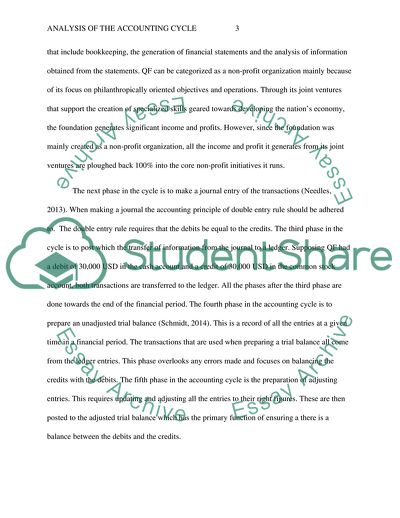Cite this document
(Analysis of the accounting cycle in non-profit organization Essay, n.d.)
Analysis of the accounting cycle in non-profit organization Essay. https://studentshare.org/finance-accounting/1845905-analysis-of-the-accounting-cycle-in-non-profit-organization
Analysis of the accounting cycle in non-profit organization Essay. https://studentshare.org/finance-accounting/1845905-analysis-of-the-accounting-cycle-in-non-profit-organization
(Analysis of the Accounting Cycle in Non-Profit Organization Essay)
Analysis of the Accounting Cycle in Non-Profit Organization Essay. https://studentshare.org/finance-accounting/1845905-analysis-of-the-accounting-cycle-in-non-profit-organization.
Analysis of the Accounting Cycle in Non-Profit Organization Essay. https://studentshare.org/finance-accounting/1845905-analysis-of-the-accounting-cycle-in-non-profit-organization.
“Analysis of the Accounting Cycle in Non-Profit Organization Essay”. https://studentshare.org/finance-accounting/1845905-analysis-of-the-accounting-cycle-in-non-profit-organization.


